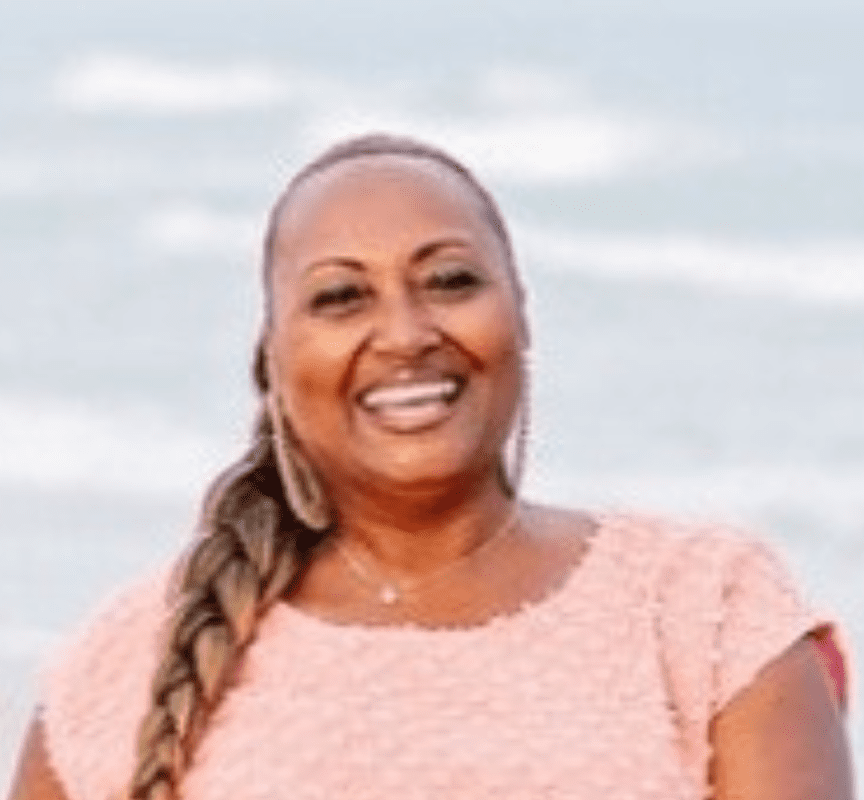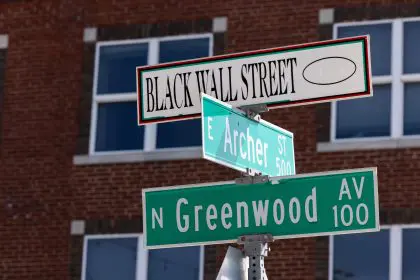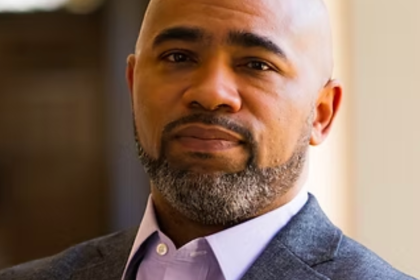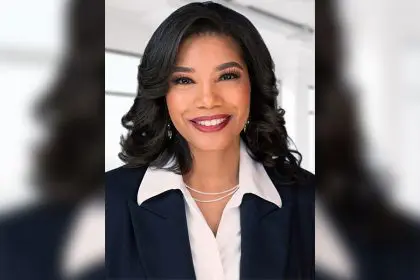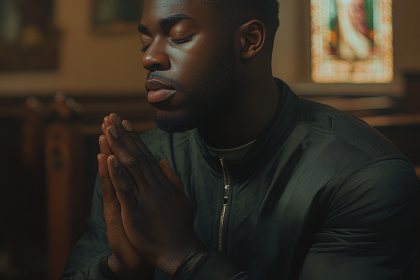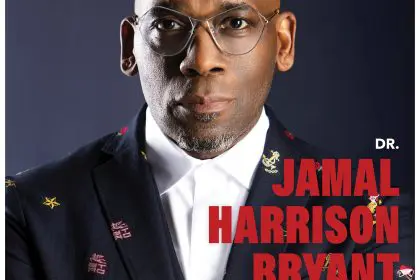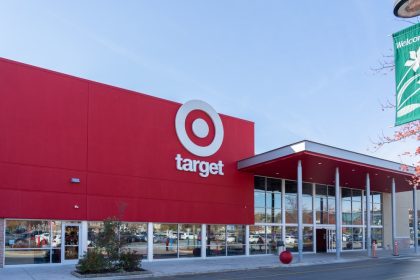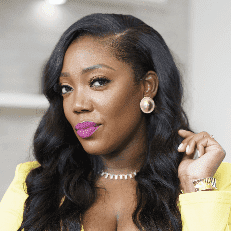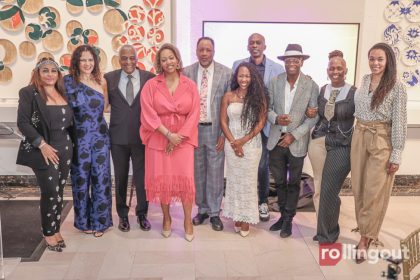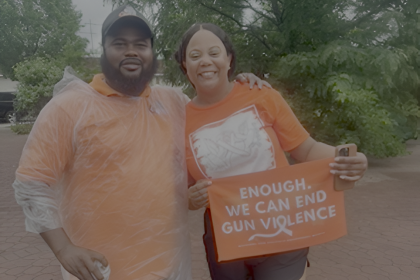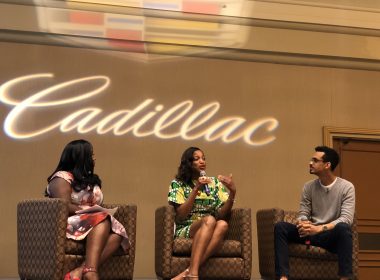Linda Jackson, vice president of the Major Taylor Cycling Club of Oklahoma, is embarking on a historic journey that merges legacy and leadership. As a key participant in the historical Ride to Remember and the Ride 4 Equity — a 1,645-mile cycling expedition from Tulsa’s historic Black Wall Street to New York City’s Wall Street—Jackson is bringing both grit and purpose to the pavement, using her physical strength to push forward a powerful message of justice and equity.
The rides raise awareness and funds for African American entrepreneurs while honoring the enduring spirit of Black Wall Street. Jackson’s participation represents a powerful partnership between three organizations: Black Leaders Detroit (Dwan Dandridge), the Community Light Foundation (Osborne Celestain), and the Major Taylor Cycling Club of Oklahoma (Linda Jackson) — all committed to advancing economic empowerment in Black communities. The 35-day journey embarked on May 31, the anniversary of the Tulsa Race Massacre, and concludes on July 4 in New York. This symbolic route connects two significant landmarks in the history of the Black economic experience in America.
A former marathoner turned cycling advocate, Jackson is bringing her lived experience and community leadership to this momentous journey. Her decision to complete the entire cross-country ride is a bold act of inspiration — particularly for Black women aspiring to lead in their communities and respective industries.
Tell us all about this monumental cycling effort that’s originating from Tulsa’s historical Wall Street and culminating in New York’s own Wall Steet district. Walk us through what the Ride 4 Equity is, the Ride to Remember, and how they connect.
I became involved in this through Osborne Celestain, executive director of the Community Light Foundation — a nonprofit that raises funds to help eradicate food insecurity in the Tulsa area. As a former board member of his organization, he asked me to join a meeting just to listen in. He had been contacted by local business leaders in Tulsa who were in touch with Dwan Dandridge, co-founder and CEO of Black Leaders Detroit (BLD).
Dwan wanted to raise awareness for his organization, and they decided to cycle from Black Wall Street in Tulsa, Oklahoma, to Wall Street in New York City.
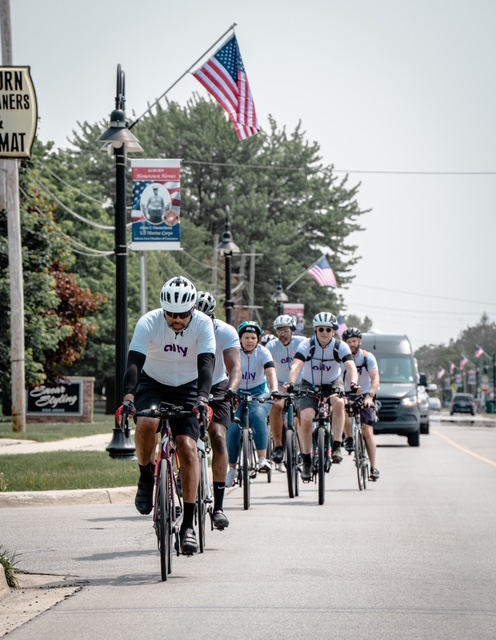
During the meeting, I gave some input and shared how timely it was that they contacted Osborne—because the Black Wall Street Ride to Remember was being planned for its fourth annual ride. That made for a perfect kickoff event for the Ride for Equity.
The kickoff will take place on Saturday, May 31, at 7 a.m. EST in Greenwood, right on Black Wall Street in Tulsa. For the first 12–15 miles, all teams will ride together, and then they’ll branch off from the official Ride to Remember route. After that, we’ll regroup for another send-off gathering. Since cyclists ride at different paces, we want to make sure everyone starting the longer journey is accounted for. Safety is a top priority.
How many organizations are involved, and how will they all connect?
There are three main organizations involved: Black Leaders Detroit, the Community Light Foundation, and the Major Taylor Cycling Club of Oklahoma, which is my organization.
We’ll all meet at the Oklahoma State University (OSU) Tulsa campus for a 7 a.m. start. The Ride to Remember usually draws around 250 riders. While I don’t have the exact number of those riding specifically for the Ride for Equity, I do know there are six of us riding the full 1,645 mile distance from Tulsa to New York. About 20 others will join for the first three days before heading back—still an incredible commitment.
How is the 1,645 mile ride being conducted and calculated?
We’ll average around 60 miles a day for six days, then rest on the seventh day. Each night, we’ll stop at a hotel or possibly stay in a sponsored- home if they’ve volunteered to host us. That will give us time to recover and prepare for the next day.
A support and gear team will accompany us — some vehicles in the front, some in the rear—so that the riders are safely sandwiched in between.
You’ve committed to the full 1,645 miles. What inspired that decision?
I was inspired while sitting in on planning meetings. I felt so excited for these organizations and the national attention this would bring to their missions.
As I listened, I asked myself, Linda, are you really going to let a once-in-a-lifetime opportunity like this pass you by? Whether or not this happens again, I had to act on the opportunity in front of me.
Where can people find more information or sign up to participate?
The Black Leaders Detroit website — www.ride4equity.org — has all the information. You can register for a one-day ride, multiple days, or even participate virtually. Whether you’re riding outside in your neighborhood or indoors on a spin bike or Peloton, you can get involved.
They’re asking participants to raise a minimum of $100 to support the mission.
What did your physical and mental preparation look like for such a demanding ride?
Three days after deciding to join the ride, I panicked. I was so excited and told my kids — but then I thought, Wait, do I even remember how to ride a bike? It took me a week to calm down. Once I did, I created a plan.
I used to run half-marathons, so I know what endurance training requires. I focused not only on building leg strength but also on getting used to sitting in the saddle for long periods — that’s where most of the pain comes in.
I’ve trained four to five times a week for the past two and a half months. My rides weren’t long every day—some were intervals for cardio and endurance. Saturdays were for my long rides to build stamina and mental toughness.

What has been the most surprising or challenging part of preparing for this journey?
The most surprising part was the overwhelming support. While a few people initially asked, “Are you crazy?” the encouragement from friends, family, and strangers kept me going.
They said, This is awesome!, and I realized — how many people can say they’ve done this? I thought about what this would add to my legacy. My grandchildren will be able to say, “That’s my Mormor!” This is the lineage I’m creating for them.
What message do you hope to leave with young women — especially Black women — who want to lead in their communities or industries?
The message I hope to leave is: You have to overcome that fear and get out there and actually do the thing that you want to do. But also, more importantly, the path to getting to where you want to be — it’s not a straight path. There will be little tiny things put into your way to help you get there. Don’t disregard those. Don’t think that they don’t have anything to do with your goal or your mission, because I will tell you this: They do.
Don’t be afraid of what other people will think, or that what you’re doing is so outside of the box. It is not about that other person. It is about you. This is your life, this is your walk. Walk it.
What do you hope will be the long-term impact of the Ride for Equity on communities and businesses?
I hope this opens doors. I hope it aligns people, resources, skills, and opportunities in ways that create sustainable change. Black entrepreneurs deserve mentorship, education, funding, and real access. If this ride brings even a piece of that into motion, then it’s done its job.

